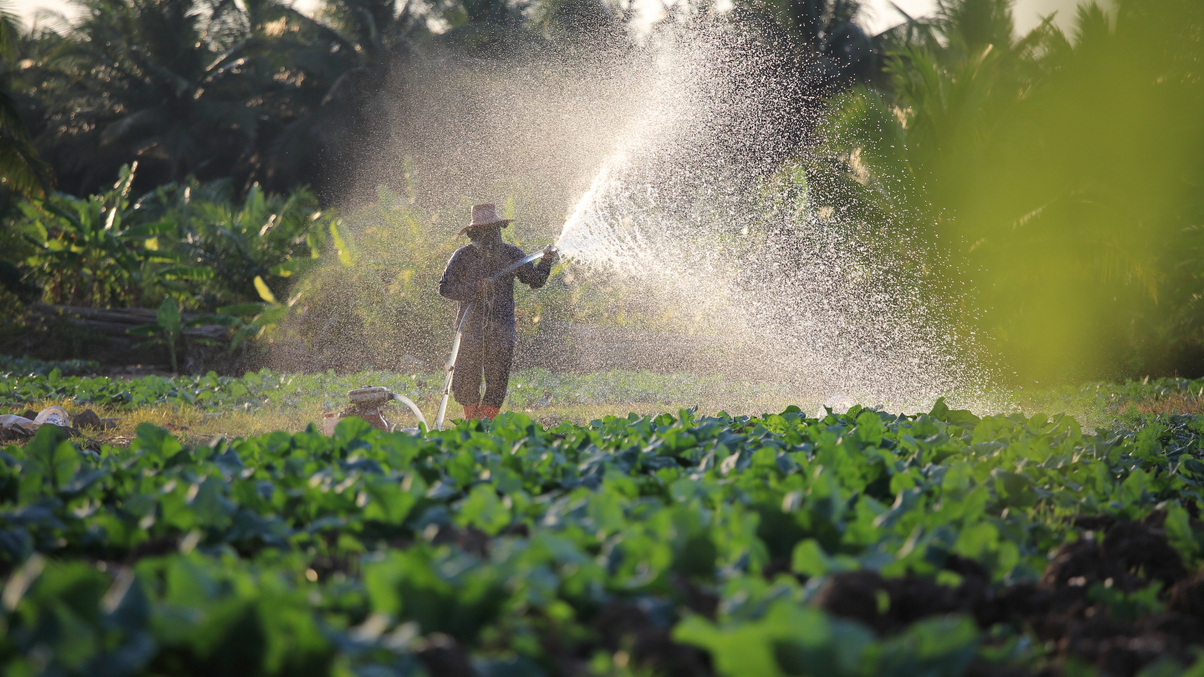Temasek: Asia 'behind the curve' on agri-food decarbonisation
Despite the magnitude of agri-food emissions in Asia, decarbonisation in the sector receives much less consideration and investment than in other sectors, according to a new report co-written by Temasek.

The energy sector should not be the only area of focus when it comes to decarbonisation in Asia, a newly published report said.
Sign in to read on!
Registered users get 2 free articles in 30 days.
Subscribers have full unlimited access to AsianInvestor
Not signed up? New users get 2 free articles per month, plus a 7-day unlimited free trial.
¬ Haymarket Media Limited. All rights reserved.


